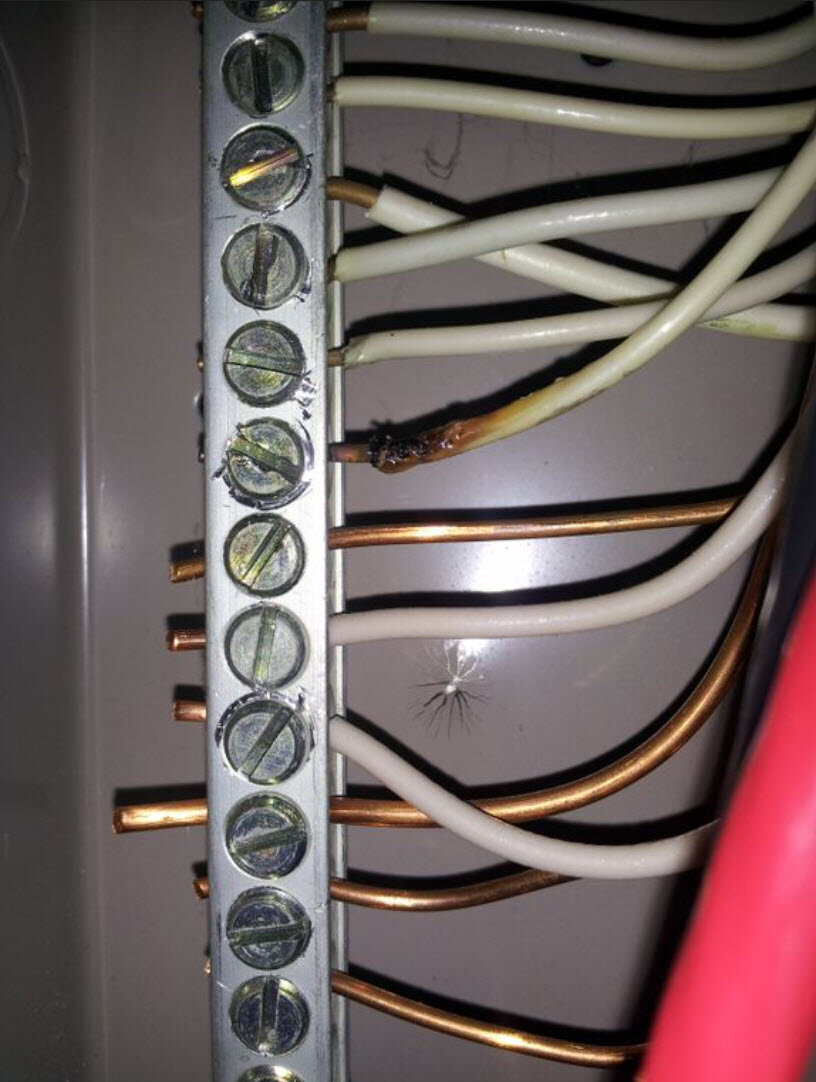I have an existing 5-20 receptacle in my garage. I want to convert it to a 6-20 for 240V charging. The existing 5-20 receptacle is currently connected to a central vacuum, which I plan on plugging into a 15-Amp receptacle instead.
At the breaker panel I know I need to replace the existing 1-pole 20A breaker with a 2-pole 20A breaker, and then use the existing neutral wire as the second hot wire for the 240V circuit.
It seems pretty straight forward, but as I inspect the wiring I see that there is a red wire going into the circuit breaker, but at the receptacle in the garage it is black (not red). So I am confused. If this is a dedicated circuit then the hot should be the same color on each end, I think.
What am I missing here? Am I wrong in thinking I can use an outlet that was dedicated to a central vacuum?
At the breaker panel I know I need to replace the existing 1-pole 20A breaker with a 2-pole 20A breaker, and then use the existing neutral wire as the second hot wire for the 240V circuit.
It seems pretty straight forward, but as I inspect the wiring I see that there is a red wire going into the circuit breaker, but at the receptacle in the garage it is black (not red). So I am confused. If this is a dedicated circuit then the hot should be the same color on each end, I think.
What am I missing here? Am I wrong in thinking I can use an outlet that was dedicated to a central vacuum?




